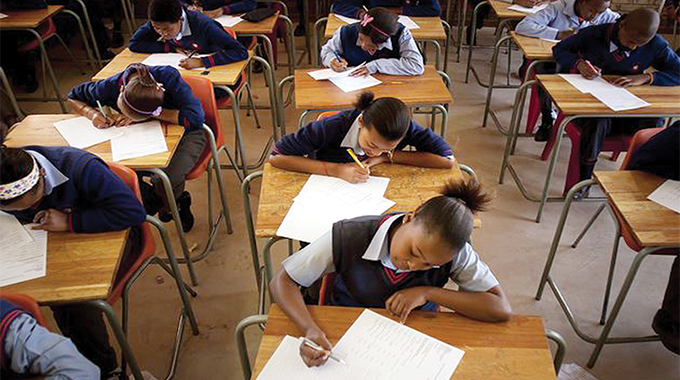By Tafadzwa Chigandiwa
Amalgamated Rural Teachers Union of Zimbabwe (ARTUZ) has blamed the decline in the Zimbabwe School Examinations Council (ZIMSEC) pass rate on government’s poor investment in the education sector.
This comes after ZIMSEC released the November 2020 results with a pass rate decline of 6.8% from that recorded in 2019.
In a statement, ARTUZ said the decline in pass rate indicates a crisis in the education sector.
“There is a crisis in the education sector, the drop in the ZIMSEC ‘O’ Level 2020 pass rate is a sign that the whole system is going down the drain and tantamount to producing pseudo graduates,” read the statement.
The teachers organisation added that the drop in pass rate is a result of poor investment in education by government.
“The poor results across the nation are direct attributes of poor investment into the education sector amidst the covid-19 pandemic by the government of the day,” the statement reads.
ARTUZ said the 2020 poor results were as a result of, “1.Covid-19 induced lockdown which saw the 2020 academic calendar being cut short on the 24th of march up to the year end.
2.Unavailability of a sustainable scheme to ensure online learning is accessible to all learners including those from poor backgrounds.
3.Leaners got trapped into money making activities together with social immoralities associated with idle minds in learners.
4.Pushing for the continuation of exams by government without proper learner preparation. Learners did not learn.
5.Lack of resources in schools to support the new curriculum
6.Poor teacher remuneration, current salaries demotivate teachers to diligently offer services.”
According to ZIMSEC there was a decline of 32 365 or 11% in the total number of candidates who sat for the final examinations in 2020 as compared to 2019.
Only 45 644 pupils obtained five subjects graded C or better and there was 10.6% pass rate drop for girls and 6.5% drop in boys in comparison with 2019.
